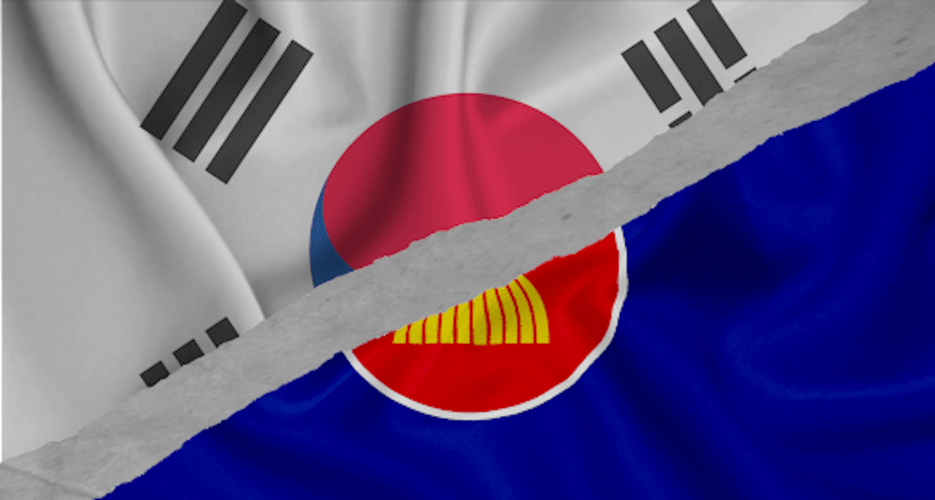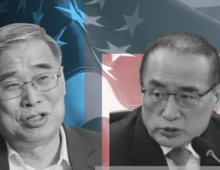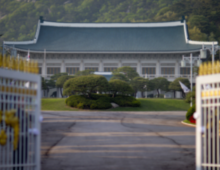Experts see continuity with New Southern Policy, but Seoul may be spreading itself too thin across Indo-Pacific
South Korea’s inaugural Indo-Pacific Strategy lists Southeast Asia as a regional priority for Seoul, but experts fear a lack of specifics in the new policy could spread the ROK’s priorities too thin and force it to lose traction in an increasingly competitive region.
The strategy stresses that the Association of Southeast Asian Nations (ASEAN) region remains central to Seoul’s foreign policy, serving as its second-largest trading partner and investment destination and the top travel destination and largest official development assistance (ODA) partner from South Korea’s side.
South Korea’s inaugural Indo-Pacific Strategy lists Southeast Asia as a regional priority for Seoul, but experts fear a lack of specifics in the new policy could spread the ROK’s priorities too thin and force it to lose traction in an increasingly competitive region.
The strategy stresses that the Association of Southeast Asian Nations (ASEAN) region remains central to Seoul’s foreign policy, serving as its second-largest trading partner and investment destination and the top travel destination and largest official development assistance (ODA) partner from South Korea’s side.
Get your
KoreaPro
subscription today!
Unlock article access by becoming a KOREA PRO member today!
Unlock your access
to all our features.
Standard Annual plan includes:
-
Receive full archive access, full suite of newsletter products
-
Month in Review via email and the KOREA PRO website
-
Exclusive invites and priority access to member events
-
One year of access to NK News and NK News podcast
There are three plans available:
Lite, Standard and
Premium.
Explore which would be
the best one for you.
Explore membership options
© Korea Risk Group. All rights reserved.
No part of this content may be reproduced, distributed, or used for
commercial purposes without prior written permission from Korea Risk
Group.












